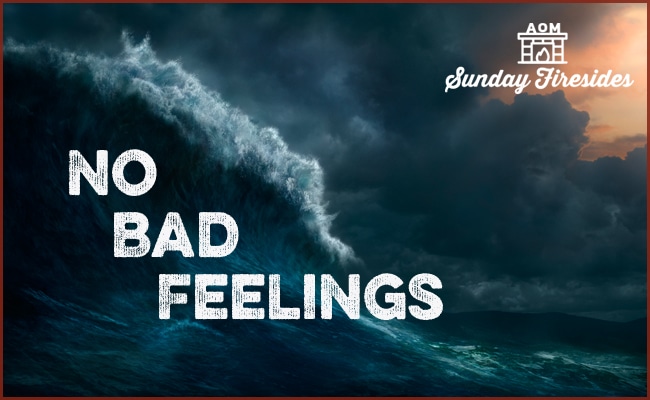
We typically sort feelings into two categories: the good (calm, contentment, lightness, elation) and the bad (anxiety, shame, disappointment, grief).
Believing that the good help happiness and the bad hinder it, we cling to the former and avoid, ward off, and theraputize the latter.
Yet, while feelings can be lighter or heavier, easier or harder, all are desirable.
Not only in terms of contrast (you can’t experience joy without sorrow) but in and of themselves.
The bitterness of broccoli can be as delicious as the sweetness of a pear. A song played in minor key can be as soul-stirring as one played in major. A walk through the bleakness of winter can be as sublime as a warm summer’s stroll.
In the same way, feelings are not better or worse, but simply different. Each adds a distinct flavor, music, and dimension to our lives. Each can be embraced, relished, and even enjoyed.
The satisfactions of heavier feelings derive from the same source as the paradoxically pleasurable pain of exercise: in the growth and reaching they point to.
Anxiety signals that you’ve resisted inertia — that you’re taking a risk and putting something on the line.
Shame helps you recognize you’ve fallen short, and, when induced by the example of someone who comports himself in a superior way, reveals a new possibility for living.
Disappointment means you had the temerity to hope for something more.
Grief is a manifestation of the courage to love — that you dared to allow someone to become so much a part of you that their loss feels like severing a limb.
Because it’s impossible to strive meaningfully, love deeply, and live dangerously without experiencing anxiety, shame, disappointment, and grief, “bad” feelings aren’t signs that something has gone wrong with your life, but that you’re hell-bent on making the most of it.
The post Sunday Firesides: No Bad Feelings appeared first on The Art of Manliness.
0 Commentaires